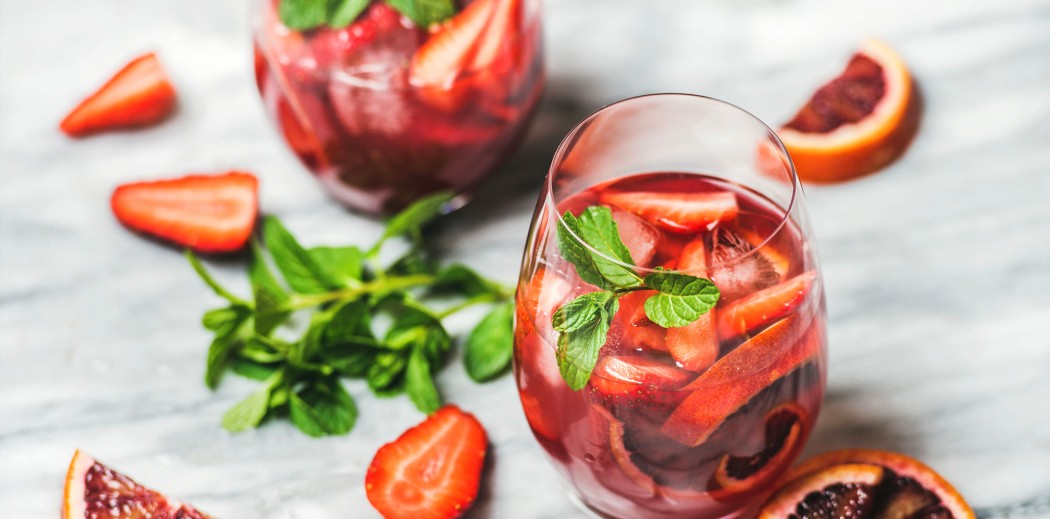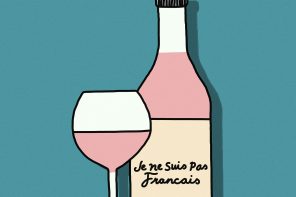After a recent trip to Spain, where most of the calories I consumed in a week came from sangria, I became more interested in the fruity, wine-based drink. I remember my mom making the occasional pitcher of sangria when her girlfriends would come over, or when we’d host a barbecue. In college, I made bootleg “sangria” by mixing blood orange soda with the cheapest wine I could get my hands on.
The origins of Sangria can’t be totally traced, but versions of the punch were common in Spain, Greece and England. Some wine-fueled historians believe that sangria dates back to 200 BCE when the Romans developed a taste for Spanish red wines. They labeled these reds, and the punches they used them in, “sangria.”
The punch itself may or may not be a distant relative of Claret Cup Punch, a traditional red wine punch made with a blend of Cabernet Sauvignon, Cabernet Franc, and Merlot. Brandy and fruit would often be added for flavor. Traditional sangria is very similar, often made with Spanish Rioja, fresh fruit, orange juice and sugar. Sangria was finally introduced in the United States in the late 1940s, mainly through Spanish restaurants, and became more popular with the 1964 World’s Fair in New York.
It’s widely believed that the word “sangria” comes from the Spanish sangre (blood), referring to the beverage’s color. Others think that “sangria” is actually derived from a Sanskrit word that means sugared wine. Both are right and sangria is delicious, so it’s a win for everyone.
In America, I’ve noticed sangria rarely tastes the same at different bars and restaurants. Here in the states we have white sangria, something that totally (almost inappropriately) strays from tradition, but is a delicious, fruity summer drink. Some recipes (like my mom’s) add additional liquor, like brandy or triple sec, and get topped off with sparkling water.
Using the word “sangria” in labeling alcohol is actually regulated under European Union law, restricted geographically. The grown-up fruit punch can only be sold as “sangria” in Europe if it’s made in Spain or Portugal. The law defines sangria as “a drink obtained from wine, aromatized with the addition of natural citrus-fruit extracts or essences…with the possible addition of spices…having alcoholic strength by volume of less than 12%.” Honestly, drinking anything with less than 12% ABV is a sin.
Forget about frosé, and turn a bottle of cheap rosé into a millennial pink punch.
Rosé Sangria
Ingredients
- 1 bottle rosé wine
- ½ cup Grand Marnier
- 2 cups lemon lime soda
- juice of one grapefruit
- 1 pint strawberries
- 1 pint raspberries
- 2 blood oranges , sliced for garnish
Instructions
- ADD berries, wine, grapefruit juice and Grand Marnier to a pitcher.
- STIR and let sit for at least 30 minutes (overnight is ideal).
- ADD soda and orange slices when ready to serve.
- SERVE over ice and garnish with a slice of blood orange.









Thanks for that information, Allison